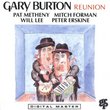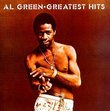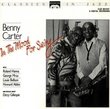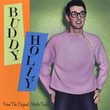| All Artists: Various Artists Title: Blue Note Jazzmen Members Wishing: 1 Total Copies: 0 Label: Blue Note Records Original Release Date: 9/22/1998 Release Date: 9/22/1998 Genres: Jazz, Pop Styles: New Orleans Jazz, Soul-Jazz & Boogaloo, Swing Jazz, Bebop Number of Discs: 2 SwapaCD Credits: 2 UPC: 724382126225 |
Search - Various Artists :: Blue Note Jazzmen
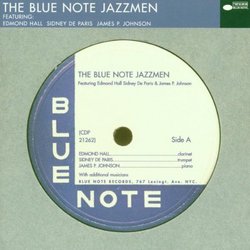 | Various Artists Blue Note Jazzmen Genres: Jazz, Pop
|
Larger Image |
CD DetailsSimilar CDs
Similarly Requested CDs
|
CD ReviewsA Minor Classic... ABH457 | New York | 08/02/2005 (4 out of 5 stars) "This twofer CD comes from a time when other, contemporary jazz of the mid-1940s was beginning to move in the vastly new directions that would ultimately diminish jazz's popularity. All praise, of course, to Charlie Parker, Dizzy Gillespie and the emerging bebop movement, but hearing "The Blue Note Jazzmen" (BNJ) here you have to wonder why the new guys were in such a hurry to change. The older swing styles demonstrated in these disks obviously still had so much to say. This was joyous, expressive, bouncy, sometimes sad, but always swinging, music from men who wanted to talk to you. They sound like they really liked the people they were playing for, and probably hoped to see them get up to dance. What better complement for a real musician of the time?
Each member of the BNJ had his own voice and if you had heard him once you could recognize him on the next ocasion after barely more than two notes. In short it was music with great character and spirit, if lacking the musically arcane developments that were becoming fashionable. On this set you have at least five of the most individual sounding jazzmen of the swing era. No one else could be confused with them on their chosen instruments, though many would have liked to ape them had they been able. They are Edmond Hall (clarinet), Ben Webster (tenor sax), Vic Dickenson (trombone), James P. Johnson (piano) and Big Sid Catlett (drums). Sidney De Paris (trumpet) is no slouch either. Listen to CD1 track 7 (Night Shift Blues) for the interweaving solos on trumpet and trombone, followed by Hall's lamenting, lonely clarinet ; try CD2 Tracks 3+4 (Victory Stride) for great trumpet and tenor sax solos backed throughout by powerful bass and drums of Lucas and Catlett; try CD2 track 9 (Walking The Dog) for the Fats Waller intro, the sparkling trumpet and clarinet (Ed Hall opens in lower register, then bursts into the upper range to end his solo). This is New Orleans jazz launched into the mid-1940s, not the "revival" style, but one fully informed of all the rhythmic and ensemble changes that had come about earlier in Chicago, Kansas City, and New York. Most people today will associate Blue Note label with Hard Bop jazz from the 1950s up to almost the present time. However these sides come from Blue Note's early days -- the label began in 1939 -- when all forms of jazz were still being played and enjoyed. The sides on these two CDs are the essential core of a larger (4 CD), much better annotated set that can be found on Mosaic records. Blue Note has also issued a single Edmond Hall CD called "Profoundly Blue" that is an integral part of these recorddings and which also merits being placed alongside this in your CD jazz collection. Five stars easily for the music, but minus one for the publishers confused personnel listings on the CD's back cover. I believe much would be resolved if Blue Note had named the two CD1 segments A and B, and not A and C. Similarly CD2 segments should be named C and D, and not B and D. You will understand when you buy the CDs. Worth the time and money." |

 Track Listings (16) - Disc #1
Track Listings (16) - Disc #1

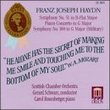

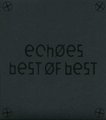

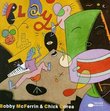
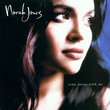
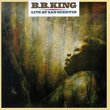
![Moulin Rouge, Vol. 2 [Music from the Motion Picture]](https://nationalbookswap.com/cd//m/76/3176/573176.jpg)
